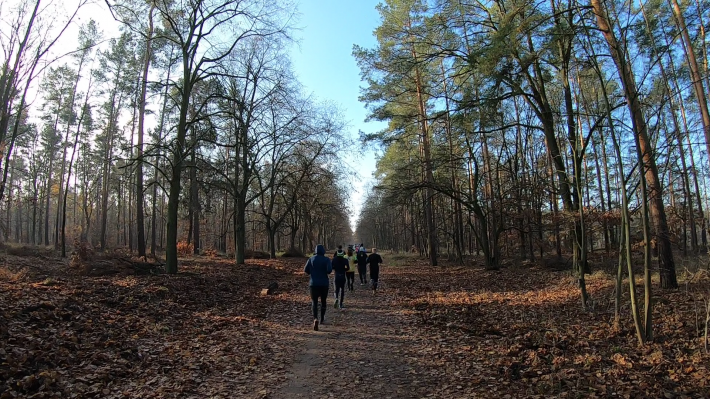Why a focus on constant change is more important than a focus on stability
Stockholm Resilience Centre, Stockholm University press release.
We talk and think in terms of things and entities that are stable and unchanging. This is understandable, but misguided, researchers argue in new People and Nature article.

A change in how we do things
Research on social-ecological systems (SES) has highlighted their complex and adaptive character, but is something amiss in how we gather and apply knowledge about these systems? Despite recognizing their dynamic characteristics researchers often frame their analyses of the systems in terms of isolated and static entities, e.g. actors that are independent and have unchanging properties.
In a study published in People and Nature, Stockholm Resilience Centre (SRC) researchers Tilman Hertz, Maria Mancilla Garcia and Maja Schlüter argue for a way to close the gap between how we say we view SES as complex adaptive and intertwined systems and how we treat them in research and practice.
Hertz explains “We talk and think in terms of things and entities that have a stable set of properties. This is understandable, because doing so allows us to control, predict and manage our environment. However, this means that we might run the risk of neglecting the situatedness of people, as well as the social-ecological processes which influence who people are, or which processes people realize at any given moment.
“But people are not the same across contexts, nor do they behave the same. Hence, we need ways that allow us to account for the many processes and relations a person is embedded it.
Our paper presents an alternative philosophical perspective that allows us to see change as being more fundamental than stability.
Assumptions have shaped perceptions
The authors reason that this mismatch stems from what in philosophy is termed ontology – the way we understand reality. The ontologies that underlie the tendency to divide SES into parts and describe them as stable entities have influenced most of contemporary science and are known as “substance ontologies”.
They assume that reality is made up of things and entities that exist independent of each other.
Instead, the authors argue that we must think of a reality in constant change. Think of a typical forest. It changes all the time. You can see traces of how multiple social and ecological processes have shaped it everywhere: exploitation of wood, recreation activities and areas, forest fires, seed dispersal, animal activities, cultural activities, beliefs or taboos. Together they create the forest we see and experience.
“Hence, can we really understand what a forest is without taking into account how it is constantly shaped by past and present processes of interactions?” asks co-author Maria Mancilla Garcia.
A shift in worldview
The authors believe “process ontologies”, which focus on concepts such as processes, events and possibility spaces would be more suitable for the study of SES especially when it comes to grasping their complex and intertwined nature. They conclude that such a shift in worldview would enable researchers to understand SES in new ways and support the development of new governance approaches.
“This will enable SES researchers to conceptualize problems and help rethink policies from managing just people and instead managing relations between and among people and the natural system.”
You can read the research for free here:
https://besjournals.onlinelibrary.wiley.com/doi/full/10.1002/pan3.10079
Media contact:
Sturle Hauge Simonsen, Head of communications, Stockholm Resilience Centre, Stockholm University.
E: sturle.hauge.simonsen@su.se
T: +46 8 674 74 28
Like what we stand for?
Support our mission and help develop the next generation of ecologists by donating to the British Ecological Society.